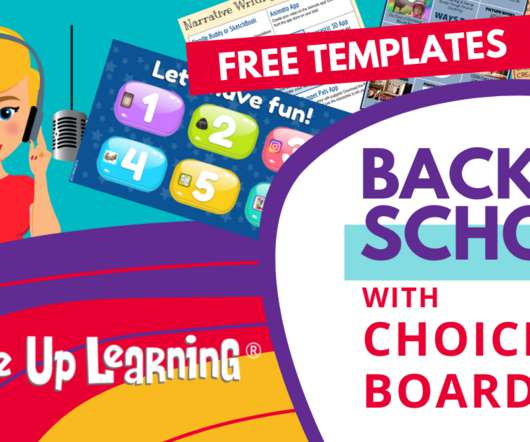How to create a dyslexia-friendly environment in your school
eSchool News
SEPTEMBER 4, 2017
In “ Creating a Dyslexia-Friendly School ,” Terrie Noland, national director, Educator Engagement for Learning Ally, presented on early intervention for dyslexic students, using the right AT (assistive technology) tools and accommodations for each learner, and creating environments in which students can thrive. Develop Guidelines.






















Let's personalize your content